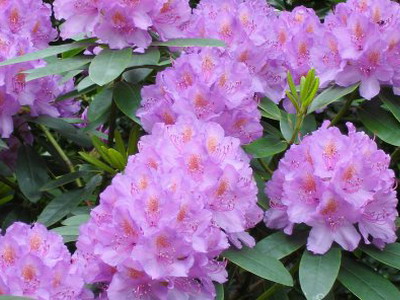Nature pleases us with a variety of species and the luxury of green decoration, small and large inhabitants of forests, fields and meadows work day and night, producing oxygen and decorating the world around them.
However, not every plant is our friend. Among the most beautiful and harmless, at first glance, flowers come across very poisonous and life-threatening plants. So, it’s time to get acquainted with the poisonous plants of the forest and at home, the dangerous properties of which you just need to know.

Poisonous plant in the photo
While most people are aware of the fact that they should beware of almond-leaved poison ivy, not everyone is aware of the hundreds of other types of poisonous plants that grow in the woods or in the garden near the house. We present to your attention the most poisonous plants, with photos of which you can get acquainted on our website.
Some of them are familiar to you or perhaps you have been told about them, therefore, it will not be superfluous to learn about the consequences that the leaves, stem or roots of these plants may accidentally get into the digestive tract. Most importantly, you should be able to recognize the poisonous plants of the forest and garden and avoid close contact with them.
Indoor and forest poisonous plants in the photo
Angel Trumpets (Brugmansia arborescens): The flower contains a high concentration of the toxin scopolamine, which, if ingested, causes migraines, smooth muscle paralysis, palpitations, dry mouth, confusion, visual and auditory hallucinations, and death.

Castor bean: A poisonous herbaceous plant, known as castor bean, is widely used in the food industry, more precisely, not the plant itself, but the oil that is obtained from it. Castor oil is used in food additives, sweets, flavorings and packaging. However, just one or two beans can kill an adult human. And all this, thanks to the high concentration of ricin in castor beans. The consequences of consuming an increased dose of castor oil include: nausea, vomiting, burning sensation in the mouth, convulsions, drowsiness, vascular collapse, etc.
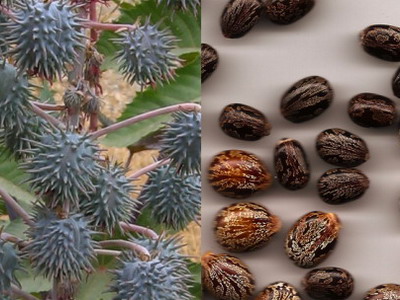
Oleander common: This is one of the deadliest plants on earth. Oleander flowers give off a delicious fragrance, but the leaves are extremely poisonous. The poison from one leaf will be enough for a person to be fatally poisoned.
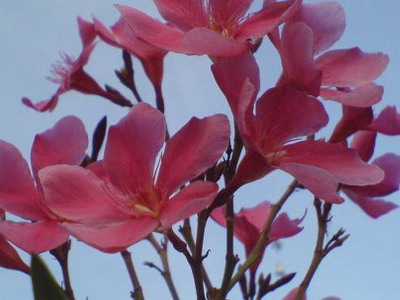
May lily of the valley: It is imperative to explain and show children what poisonous plants they can meet in the forest and in the meadow, because such a beautiful and delicate-looking lily of the valley is actually an unusually poisonous flower. All parts of this plant are poisonous, including the red berries, which may attract the attention of children. When eaten, even in small quantities, the poison that is part of the lily of the valley can lead to vomiting, pain in the abdomen and reduce the pulse.
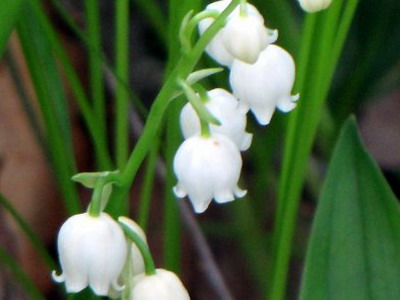
Belladonna (Belladonna): Ingestion of any part of this plant can be fatal. Especially dangerous are the leaves, roots and berries, the toxins that are part of belladonna paralyze the parasympathetic nervous system.
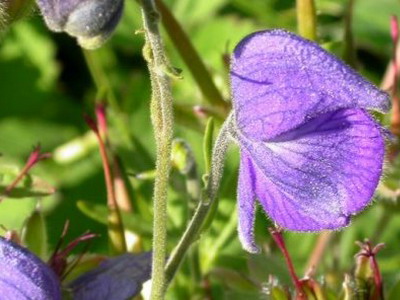
Apothecary Aconite: Apothecary aconite is one of those plants that pose a deadly danger even with a simple touch. The first signs of aconite poisoning appear almost immediately. Signs of poisoning include burning and tingling in the mouth or numbness of the tongue, throat, and face. In the next stage, the victim begins to experience nausea, vomiting, and blurred vision. As the poison spreads, the body temperature will gradually drop, and the pulse will weaken.
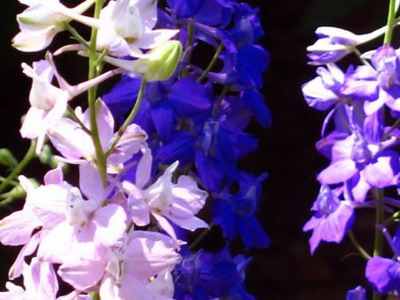
Rhubarb: The stalks of rhubarb pose no danger and are widely used in European cuisine, which cannot be said about the poisonous leaves of this plant. Large amounts of raw or cooked rhubarb leaves can cause convulsions or a coma, quickly followed by death.
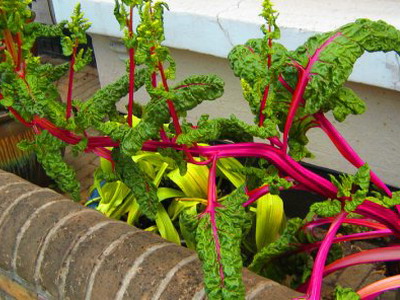
Dieffenbachia: The category of indoor poisonous plants includes the well-known dieffenbachia, and many housewives are not even aware of the deadly poison that flows in the veins of this evergreen plant. If swallowed, it can cause severe irritation and burning sensation in the mouth. In case of severe swelling of the tongue, suffocation and death are possible.
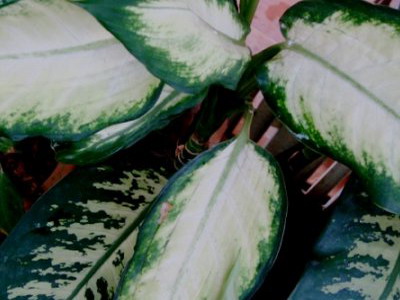
Spotted milestone: Spotted milestone, also known as hemlock, contains toxins that disrupt the central nervous system. The action of the toxin leads to loss of consciousness, convulsions, very strong muscle contractions, and, ultimately, to the death of the victim.
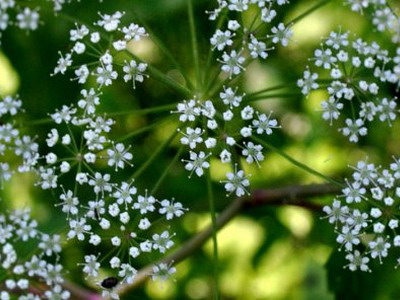
Rhododendron: The action of the toxic substances of rhododendron first manifests itself as a burning sensation in the mouth, followed by increased salivation, vomiting, diarrhea and a tingling sensation in the skin. The heart beats more slowly or incorrectly, it is quite possible that everything will end in a coma and death.
